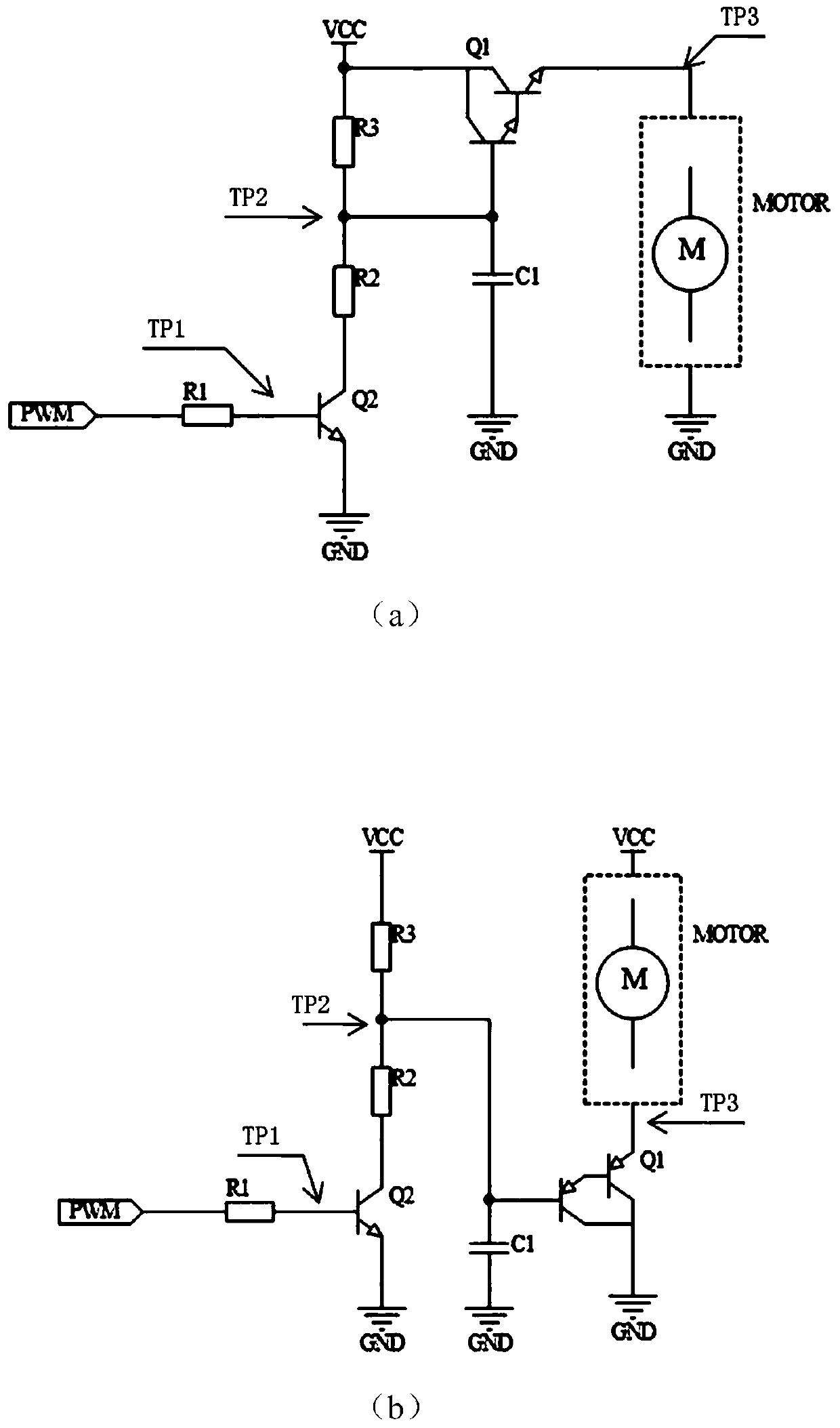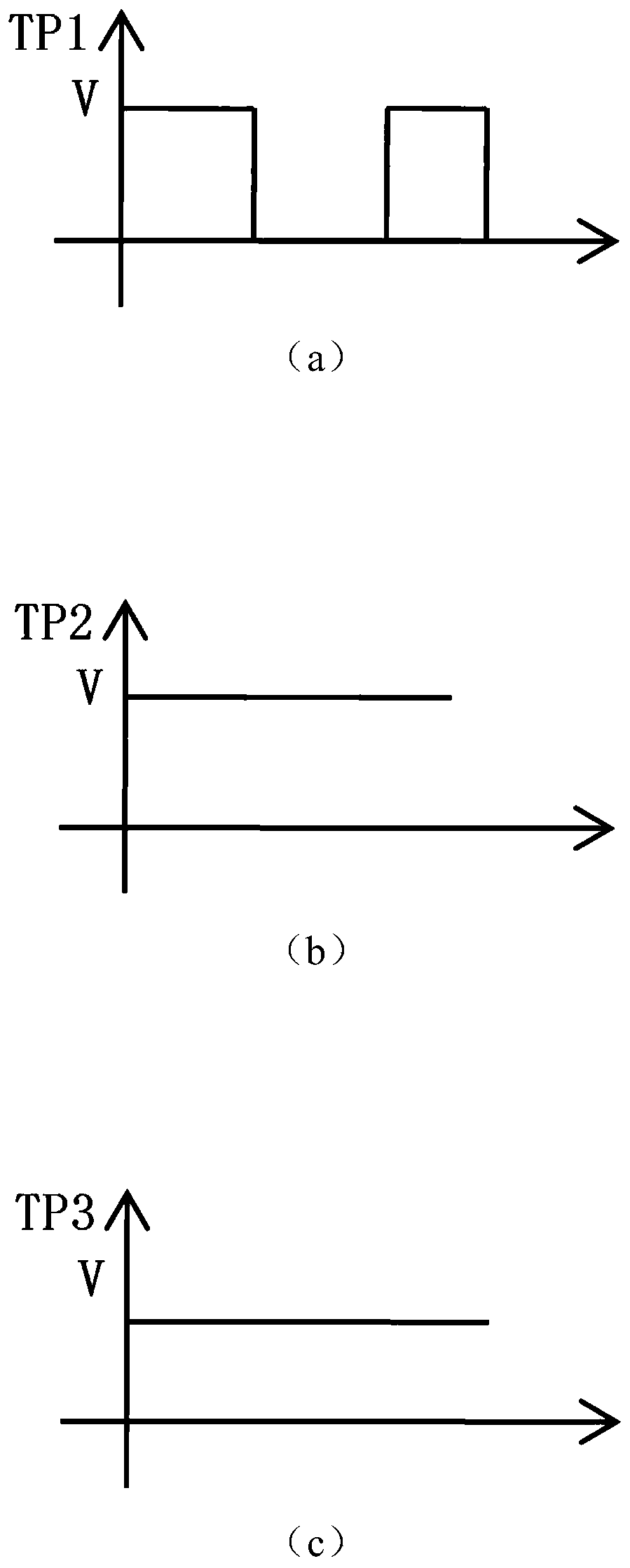Circuit and method for achieving speed regulation of direct-current motor by utilizing voltage regulation
A DC motor, voltage regulation technology, applied in the direction of electronic commutation motor control, excitation or armature current control, electrical components, etc., can solve the problems of unstable performance of push rod speed regulation, high cost, increased circuit noise and radiation, etc. , to achieve the effect of simple structure, excellent reliability and precision, and low comprehensive cost
- Summary
- Abstract
- Description
- Claims
- Application Information
AI Technical Summary
Problems solved by technology
Method used
Image
Examples
Embodiment Construction
[0028] The present invention will now be described in further detail with reference to the drawings and preferred embodiments. These drawings are all simplified schematic diagrams, which merely illustrate the basic structure of the present invention in a schematic manner, so they only show the structures related to the present invention.
[0029] Reference figure 1 , Is the principle block diagram of the circuit for realizing DC motor speed regulation by voltage regulation according to the present invention. The circuit of the present invention includes a rotational speed sensing unit 1, an MCU unit 2 (such as a single-chip microcomputer), a voltage conversion unit 3, and a voltage follower unit 4, which are connected in sequence. The speed sensor unit 1, the voltage follower unit 4 are all connected to the motor operating unit 5. , The power supply unit provides power to the entire circuit. Compared with the voltage chopping speed regulation method generally used in the market ...
PUM
 Login to View More
Login to View More Abstract
Description
Claims
Application Information
 Login to View More
Login to View More - R&D Engineer
- R&D Manager
- IP Professional
- Industry Leading Data Capabilities
- Powerful AI technology
- Patent DNA Extraction
Browse by: Latest US Patents, China's latest patents, Technical Efficacy Thesaurus, Application Domain, Technology Topic, Popular Technical Reports.
© 2024 PatSnap. All rights reserved.Legal|Privacy policy|Modern Slavery Act Transparency Statement|Sitemap|About US| Contact US: help@patsnap.com










